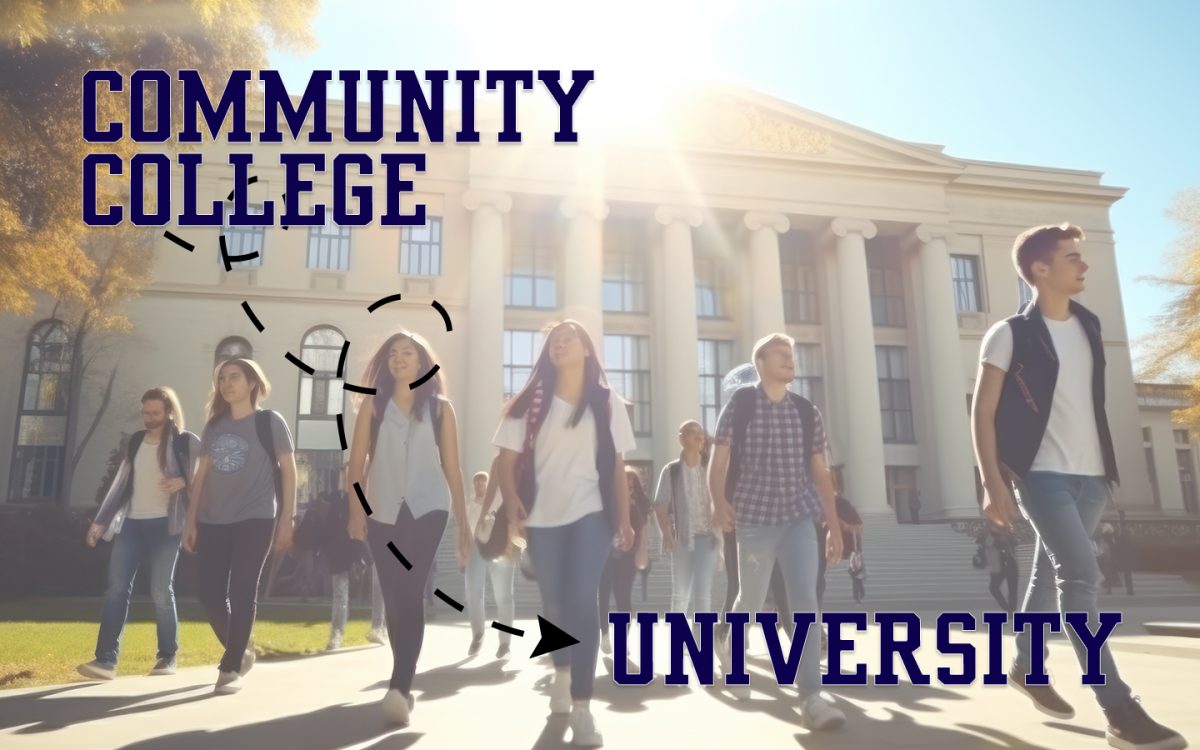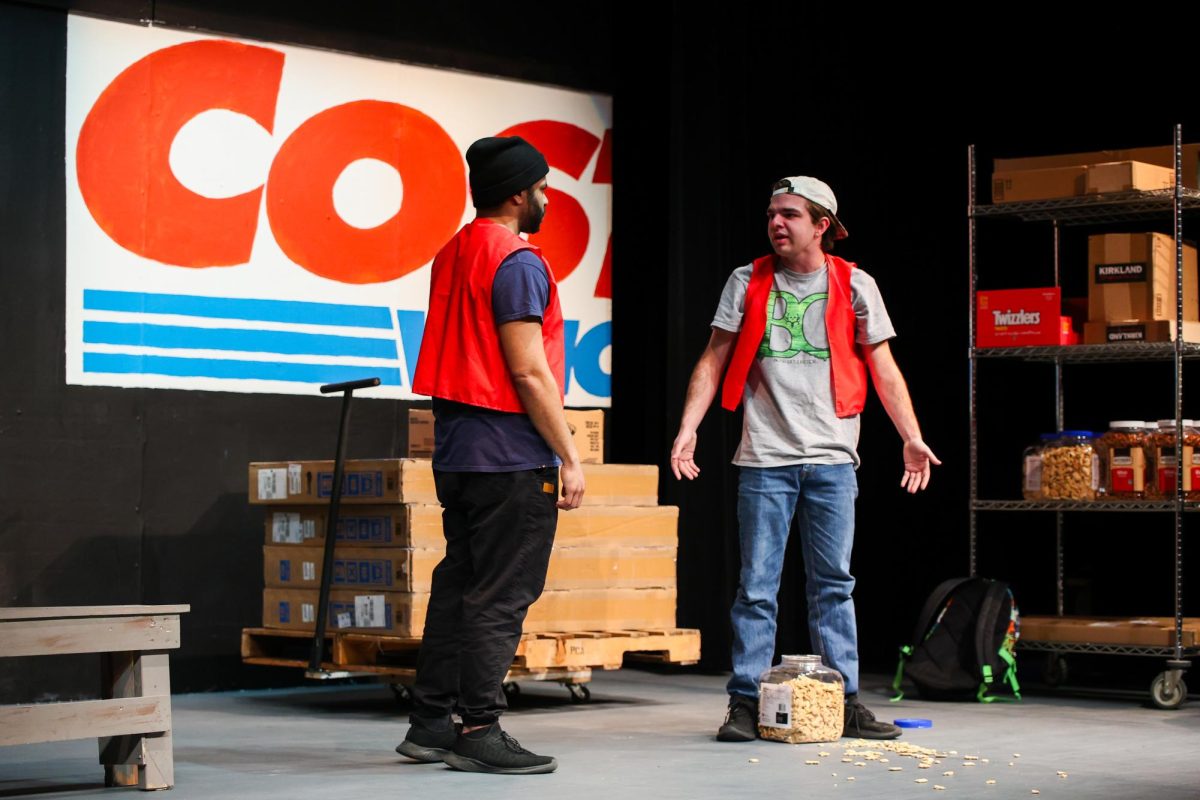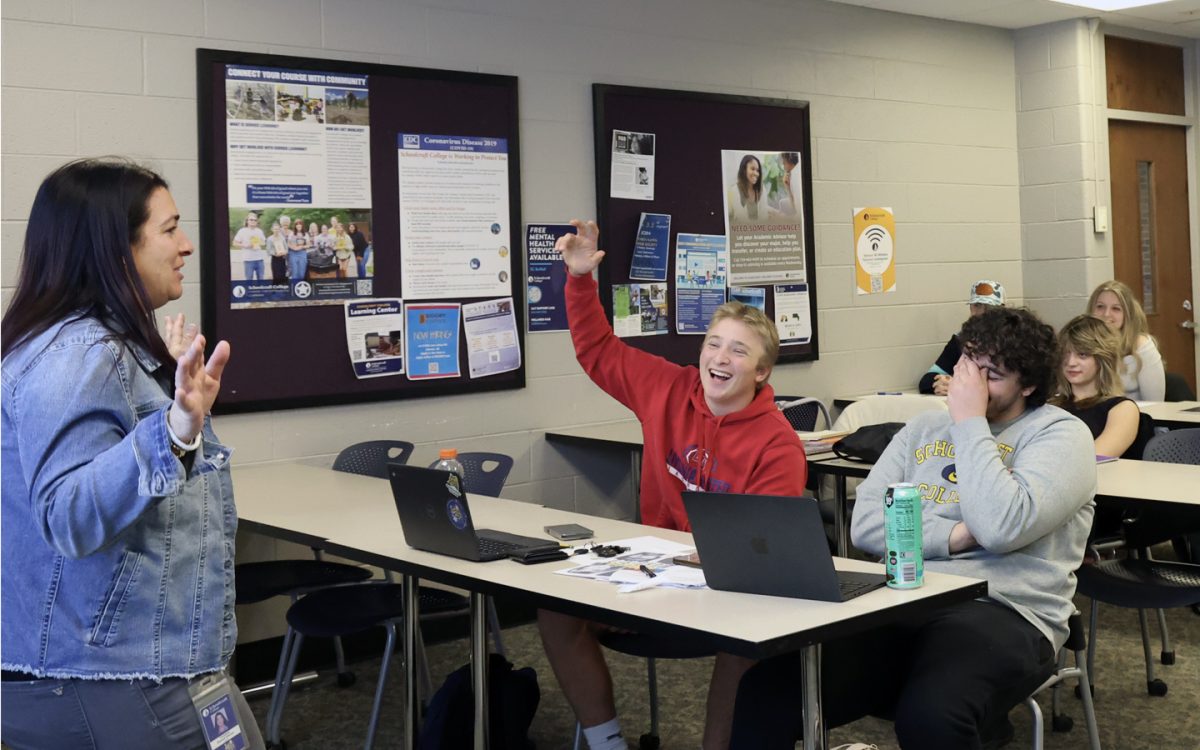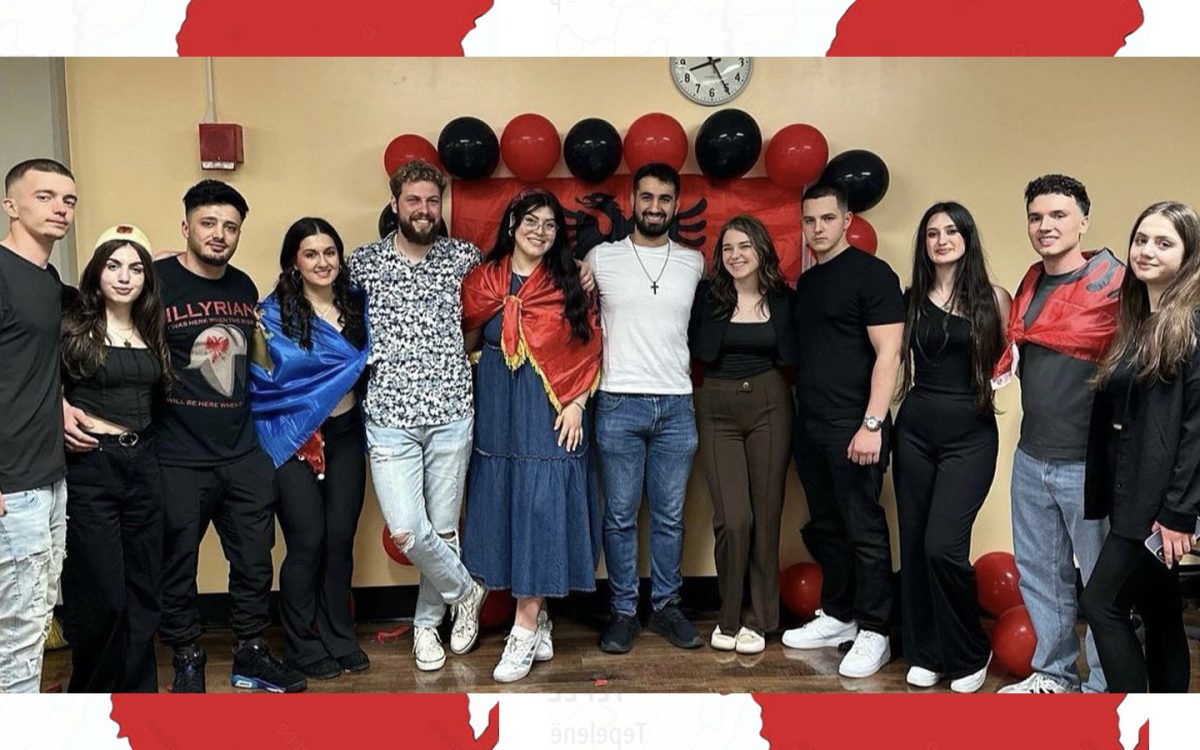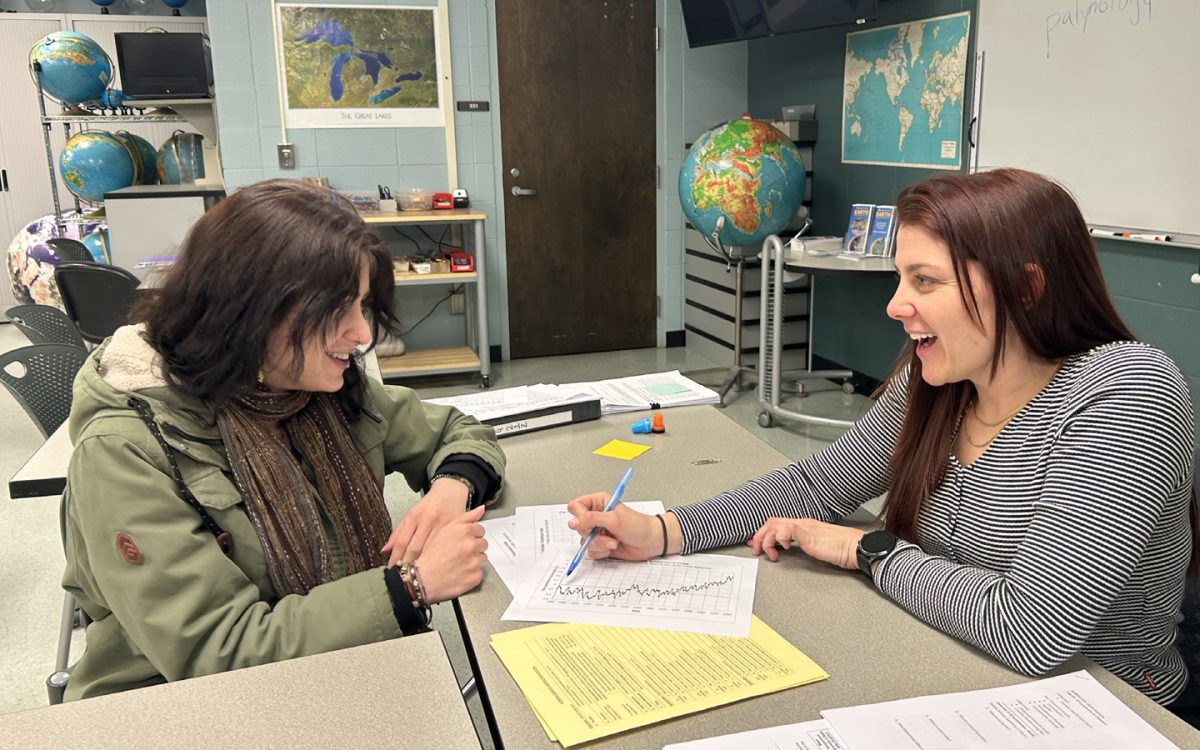The process of transferring from a community college to a four-year university can be confusing. For many students, it can become easily and quickly overwhelming, especially when it comes to what kind of information to provide that best describes students as a person.
“It’s been a hectic process, to say the least: from deciding on majors to experiences and extracurriculars to include in my application. I almost feel like I’m running in circles,” said Schoolcraft Music Entrepreneurship student Alyssa Childers.
Luckily, there are many resources both on Schoolcraft’s campus and at other universities to help students along their journey. Schoolcraft Academic Advisor Anthony Kaltner explains how the Schoolcraft academic advising office can help students along the way.
“Academic advising is a two-way street [that students should work with advisors to ensure that credits will properly transfer to a university],” Kaltner explained. “Advisors know a little bit about everything [which allows us to better assist students who want to transfer to a university].”
Some of Kaltner’s top tips are to research any schools of interest and call them to not only ask questions but also as a way to leave an impression.
Networking is also a great tool to help boost your application, which can look like a variety of things and offer students a multitude experiences and opportunities.
Childers expressed the different challenges she faced throughout her transfer process. “It was a lot of late nights and trying to balance work and school, but the process has been worth it.” Childers shares the positives and negatives of the transfer process and the methods and tools she used along the way.
She utilized Transfer Bridges, a program to assist community college students in transferring to the University of Michigan’s School of Literature, Arts and Science (LSA). She also worked several jobs during the process, around 20 hours a week.
Childer’s top strategies for time management include utilizing calendars, prioritizing self-care for roughly an hour each day and studying in groups. Not only did Childers use school resources when writing her essays, but she also used friends, family and even past teachers to peer review her work.
Childers advises students to start early and not to be afraid to ask for help.
When asked what her biggest regret was during this process, Childers responded, “knowing the essay prompts ahead of time and still starting my essays late.”
To remain successful, Childers had to learn to prioritize and manage her time. Although procrastination was an issue in the beginning, she stayed persistent and worked hard to complete her applications with the help of her resources.
On the other end of the process, University of Michigan’s LSA Transfer Bridges Transfer Recruiting Coordinator Morgan Gavorek explains tips from the university’s side.
While discussing the benefits of transferring Gavorek states, “one of the exciting things about transferring is that you get to explore different curriculum.”
While working with a transfer advisor may not guarantee admissions, it is still extremely beneficial for the student. It gives a unique opportunity that can give a better feel of how life at a university may be. Some resources offered by different schools include application workshops, in-person and virtual campus tours, essay assistance and much more.
Gavorek encourages students to get involved in programs within the school they are interested in. Gavorek expresses the importance of working with advisors and the positive impact they have on students, “Working with advising here at Schoolcraft, the advisors here are really fierce transfer advocates and student advocates.”
Gavorek stressed that students utilize resources and the community available to students. “You have something to learn from everybody [and don’t have to go through the transfer process alone].”
Although possible, to truly bridge the gap from community college to a university, it takes a team. From advisors to friends, teachers to pets, professionals to stuffed animals, working in a team will make the transfer process better.
Even though this process may be stressful, remembering to have fun and enjoy the journey may help to create a lasting memory. Once the bridge has been built, the other side may be more extraordinary than ever thought before.



